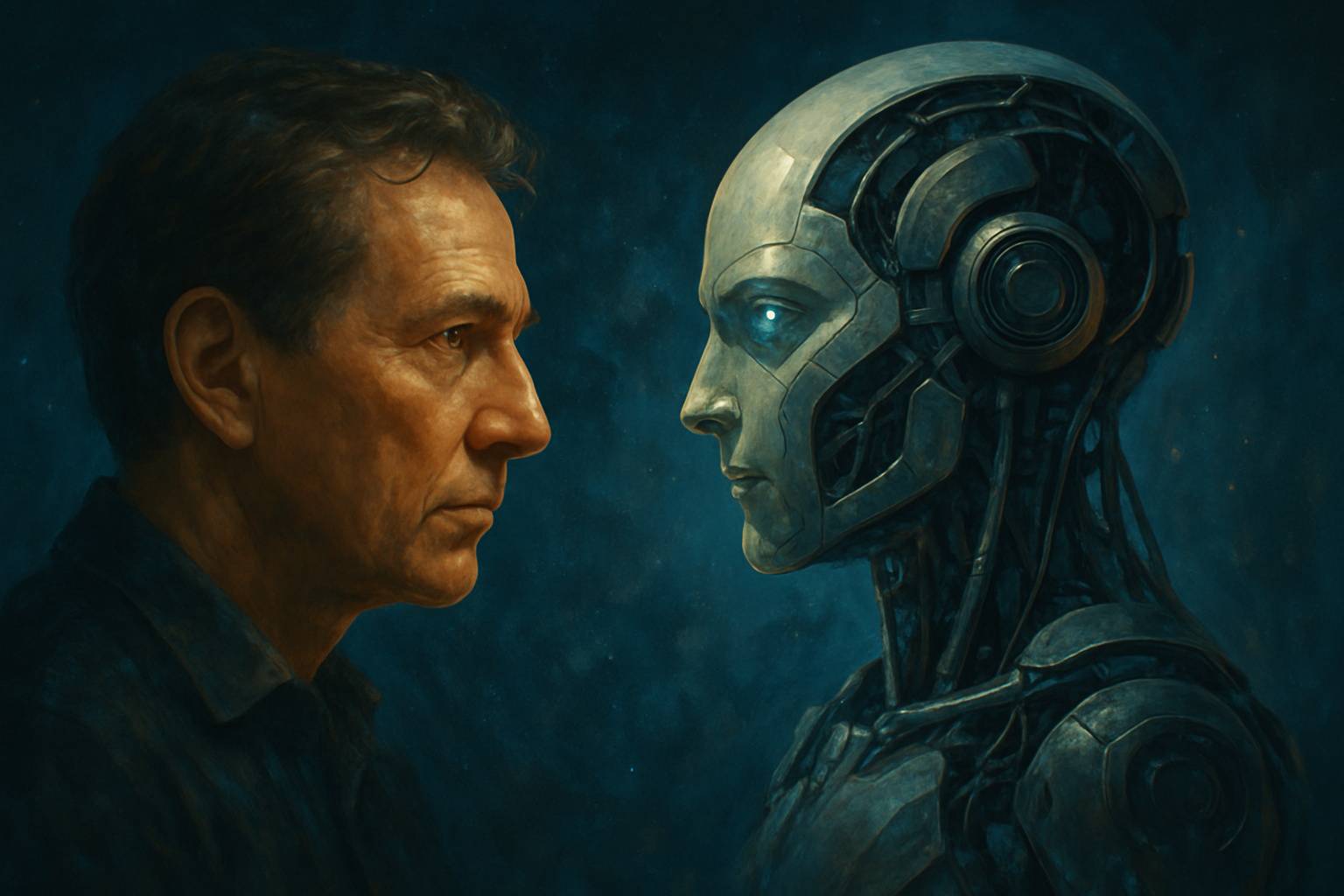For centuries, humanity has dreamed of outsmarting death. From ancient elixirs of life to modern anti-aging research, our quest for immortality technology has never ceased. Today, advances in science and technology have brought this ambition closer to reality than ever before. But can immortality technology truly make us immortal—or is this a modern myth in digital disguise?
1. Radical Life Extension Through Gene Editing

Gene editing tools like CRISPR-Cas9 have revolutionized technology in biology. Scientists are now exploring how tweaking certain genes could slow aging or repair age-related damage. For instance, researchers have identified genes such as FOXO3 linked to exceptional longevity. Editing these might one day extend the human lifespan significantly.
However, the ethical and technical challenges are steep. Genetic interventions carry risks of unintended mutations or off-target effects, which could trigger cancer or other diseases. The regulatory pathway for such radical therapies is complex and fraught with debates about safety, fairness, and access.
Still, studies in animals show promise. Editing genes in mice has increased lifespan and improved tissue repair. Yet translating this to humans remains years away. Learn more about CRISPR’s role in life extension fromHarvard Magazine.
2. Nanobots to Repair Our Bodies
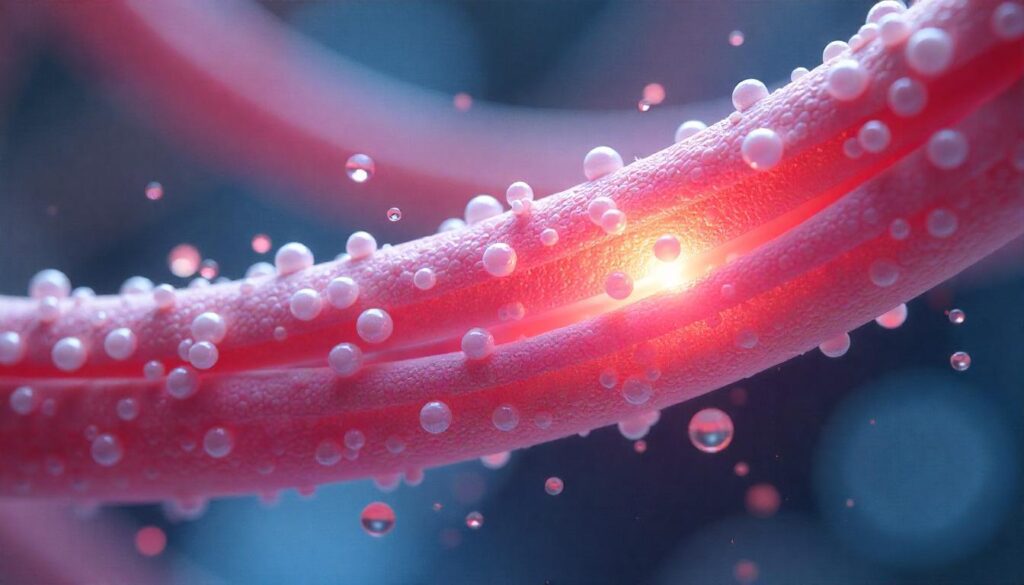
Nanotechnology envisions tiny robots coursing through our bloodstream, seeking out and repairing cellular damage. Ray Kurzweil, a prominent futurist, predicts that nanobots could keep us perpetually healthy, halting aging at the cellular level, a promising advancement for immortality technology.
Potential applications include clearing arterial plaque, destroying cancer cells, and repairing DNA damage. Medical nanodevices are already being developed for targeted drug delivery, a first step toward more ambitious nanomedicine.
Yet, building fully autonomous, intelligent nanobots remains a formidable challenge. Current prototypes are far larger than individual molecules and lack the computational power to perform complex repairs.
To delve deeper, visitScientific American.
3. Cloning and Regenerative Medicine

While cloning entire humans raises profound ethical issues, regenerative medicine focuses on cloning cells and tissues. Technologies like induced pluripotent stem cells (iPSCs) allow scientists to transform adult cells into versatile stem cells, capable of regenerating damaged organs.
This could eliminate the need for organ donors and reduce fatal outcomes from organ failure, a major cause of death. Scientists have already grown mini-organs in labs, and successful transplantation trials are on the horizon.
Nonetheless, challenges remain, including immune rejection, tumor risks, and high costs.
For more insights, see Mayo Clinic’s overview of regenerative medicine.
4. Cryonics: Freezing Time Itself
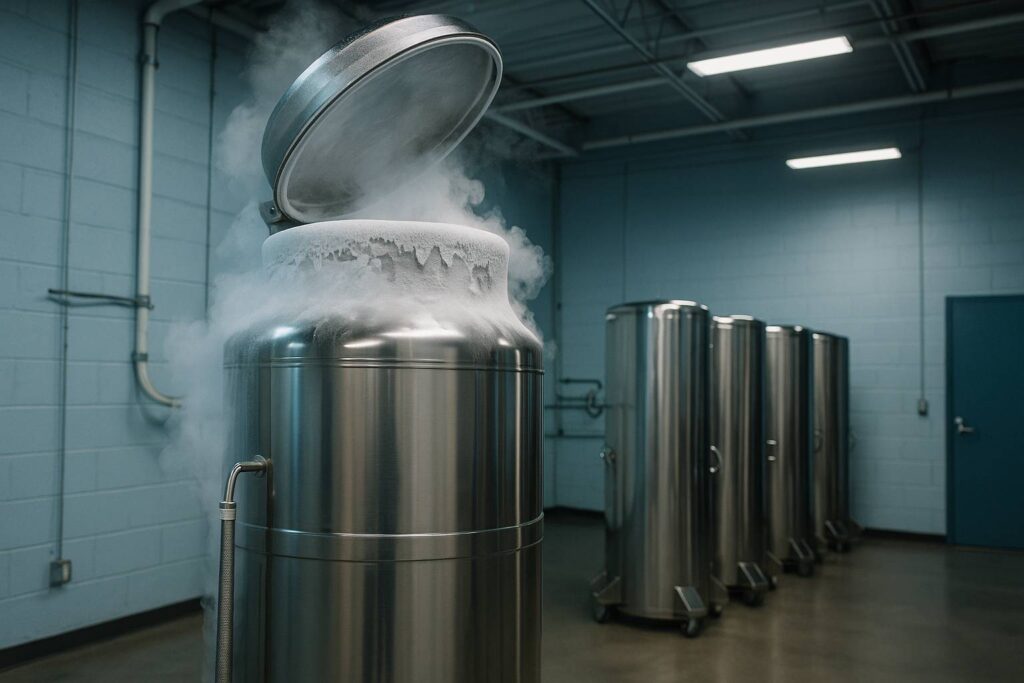
Cryonics involves freezing bodies at ultra-low temperatures after death, in the hope future revolutionize technology can revive and cure them. Companies like Alcor Life Extension Foundation store hundreds of individuals in liquid nitrogen.
However, no human has ever been successfully revived from cryopreservation. Ice crystal formation damages cells, and restoring brain function after freezing remains purely theoretical.
Cryonics also poses legal and financial hurdles, as patients must be declared legally dead before preservation, raising philosophical questions about personhood and identity.
For an in-depth look, check outNational Geographic’s piece on cryonics.
5. Digital Immortality: Uploading Our Minds

One of the boldest visions of immortality technology is mind uploading—transferring our consciousness into a digital substrate. Advocates believe that if we fully map the brain’s neural connections (the connectome) and replicate them in software, we could exist eternally as digital beings.
So far, science is far from achieving this. The human brain contains around 86 billion neurons interconnected in ways we barely comprehend. Even mapping a tiny fruit fly’s brain has taken years.
Nonetheless, research like the Blue Brain Project and the Brain Initiative keeps the hope alive.
Explore this topic atMIT Technology Review.
6. Senolytics: Clearing Out Zombie Cells

Senescent cells, often called “zombie cells,” accumulate with age and secrete harmful chemicals that damage nearby tissue. Senolytics are drugs designed to eliminate these cells, potentially slowing aging.
Animal studies show senolytics can extend lifespan and improve health markers. Companies like Unity Biotechnology are developing such drugs for human use, targeting age-related diseases.
However, clinical trials are ongoing, and long-term safety is unknown.
Read more from Nature.
7. Telomere Extension Therapies
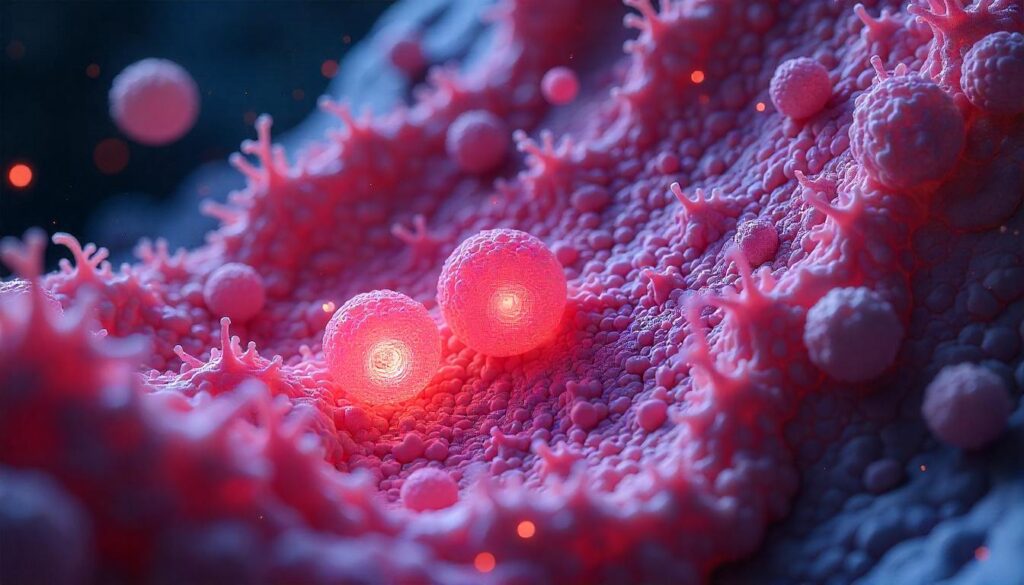
Telomeres protect chromosome ends but shorten each time a cell divides, contributing to aging. Researchers are exploring ways to lengthen telomeres, potentially rejuvenating cells.
One approach involves activating telomerase, an enzyme that rebuilds telomeres. Yet, excessive activation can cause cancer by making cells divide uncontrollably.
A study in mice showed that extending telomeres improved organ function without causing cancer, sparking hope for future therapies.
Check out NIH’s explanation of telomeres.
8. AI in Drug Discovery and Longevity Research

Artificial intelligence is transforming the search for anti-aging therapies. Algorithms analyze massive datasets to identify molecules that could slow aging or treat age-related diseases.
AI-designed drugs are already entering human trials, dramatically shortening the drug development timeline. For instance, Insilico Medicine has used AI to discover drug candidates in record time.
However, biological complexity means predictions still require validation in clinical studies.
Learn more at The Guardian.
9. Epigenetic Reprogramming

Aging isn’t just wear and tear—it involves changes in gene expression, known as epigenetic alterations. Scientists like Dr. David Sinclair at Harvard are exploring how reprogramming these changes could reverse aging.
Partial reprogramming has rejuvenated cells and even improved vision in aged mice. But the technique risks resetting cells too far, potentially leading to cancer or loss of identity.
It’s one of the most exciting, yet risky, frontiers in longevity science.
For details, read Time’s coverage of David Sinclair’s work.
10. Bioprinting Organs
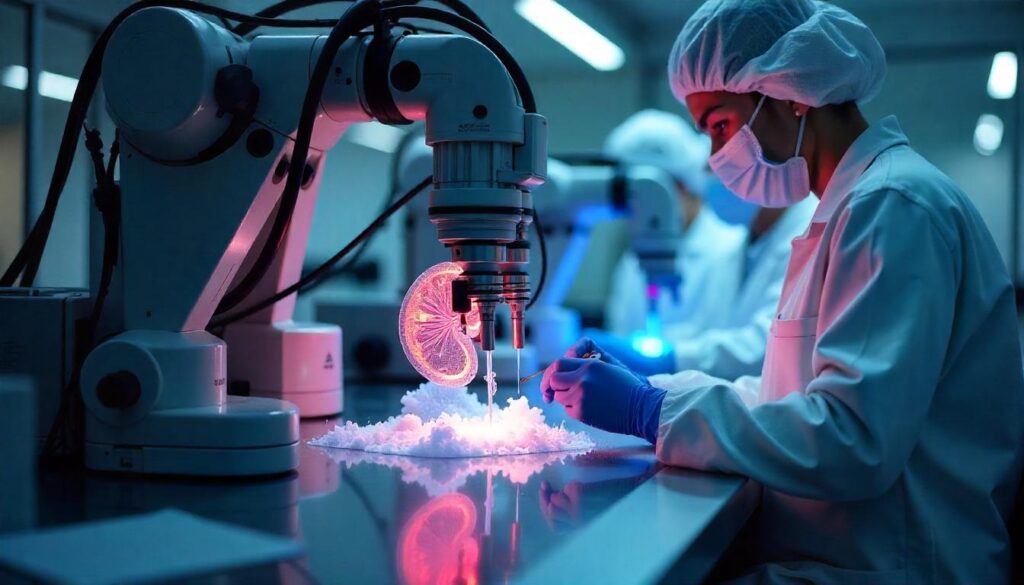
3D bioprinting uses cells and biomaterials to “print” human tissues and organs layer by layer. Researchers have created bioprinted skin, cartilage, and even prototypes of hearts.
If perfected, this could eliminate organ shortages and extend lifespan dramatically. However, creating complex organs like kidneys or livers remains challenging due to intricate vascular structures.
Bioprinting’s success hinges on advances in stem cell biology and bioengineering.
Read more at Smithsonian Magazine.
11. Wearable Health Tech and Early Detection

Smartwatches and health trackers do more than count steps. Modern wearables detect atrial fibrillation, measure blood oxygen levels, and even predict infections like COVID-19 days before symptoms.
Such technologies enable early intervention, preventing small issues from becoming life-threatening. Early detection doesn’t make us immortal, but it pushes the boundaries of healthy lifespan.
However, privacy concerns and data accuracy remain challenges.
Explore further at Harvard Health.
12. Caloric Restriction and Longevity

Caloric restriction—eating fewer calories without malnutrition—extends lifespan in many animals. Scientists suspect it activates longevity pathways involving sirtuins and AMPK, reducing metabolic stress.
Human trials suggest caloric restriction improves biomarkers of aging, but long-term effects on lifespan remain unclear. Compliance is also difficult, as sustained low-calorie diets can affect mood and quality of life.
For insights, visit Johns Hopkins Medicine.
13. Gut Microbiome and Aging
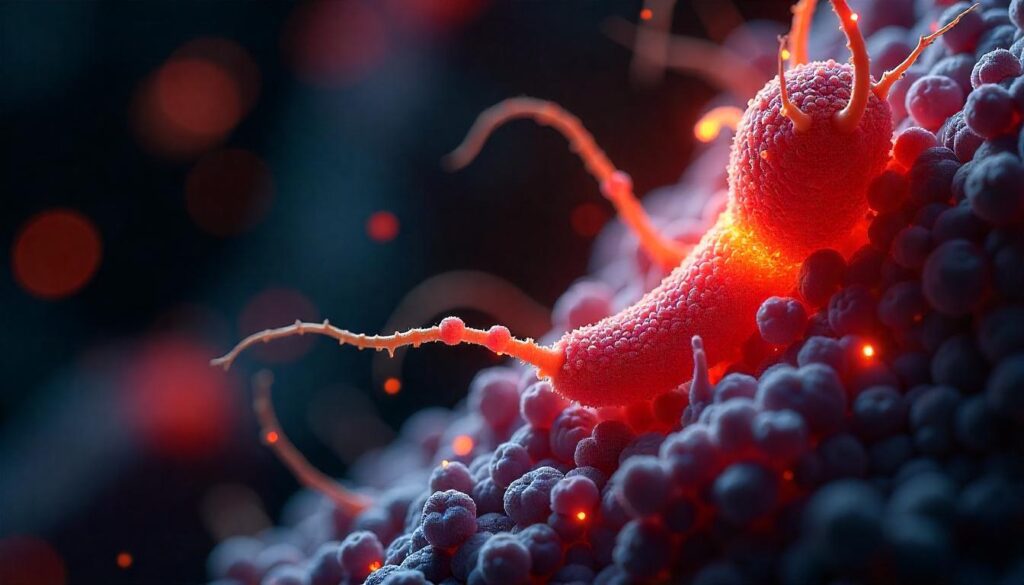
Our gut microbiome influences immune function, metabolism, and even mood. Studies show certain microbial profiles correlate with healthier aging and longer lifespan.
Probiotics, prebiotics, and fecal microbiota transplants are being investigated as ways to improve healthspan. Personalized microbiome therapies could become a future anti-aging tool.
However, the microbiome is highly individual, making standardized treatments difficult.
Learn more from The New York Times.
14. Advanced Diagnostics and Biomarkers of Aging

Scientists are developing biomarkers—biological indicators—to measure how fast we’re aging biologically, rather than just chronologically. Epigenetic clocks like Horvath’s can predict biological age based on DNA methylation.
Such diagnostics could guide personalized anti-aging interventions. However, the accuracy and interpretation of these biomarkers remain under study.
Find details at National Institute on Aging.
15. Ethical Questions and the Cost of Immortality

Even if immortality technology makes radical life extension possible, profound ethical questions remain. Who gets access to these technologies? Will immortality deepen social inequality? Could society handle a population that never dies?
Philosophers warn that endless life might erode meaning or strain resources. Policymakers will need to balance innovation with equity and sustainability.
Read thought-provoking perspectives atThe Atlantic.
Disclaimer: This article is for informational purposes only and is not intended as medical advice. Always consult a qualified healthcare professional before pursuing any medical or technological intervention.

